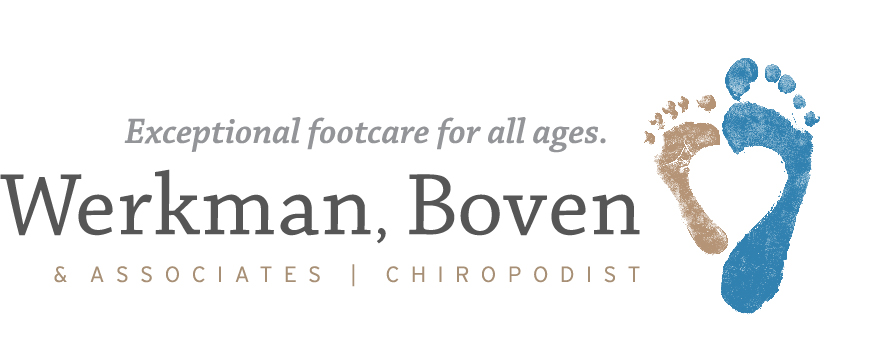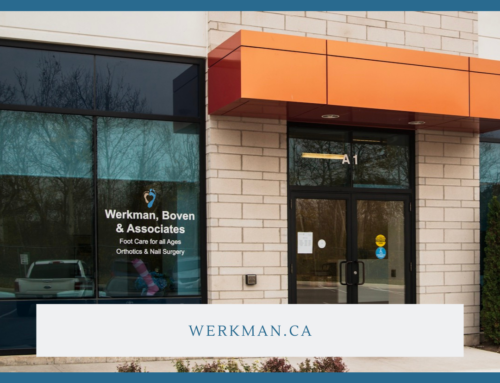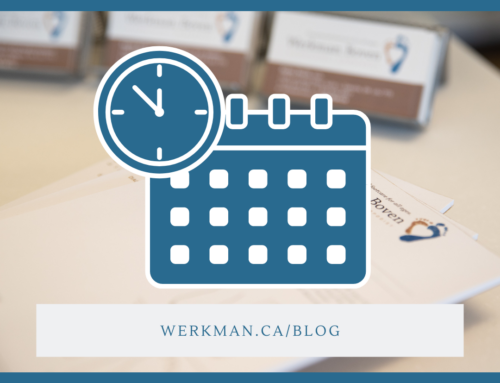Flat Feet: Pancakes Anyone?
Flat feet is a very self-explanatory term. If you suffer from flat feet, or pes planus, your feet press flat to the floor while standing or walking. It’s very common and is also treatable. Your chiropodist can offer information and treatment options, including custom-made orthotics, shoes, stretches and exercises.
What causes flat feet?
Flat feet can be caused by genetics and have hereditary structural defects, especially in the small bones of the feet. Most children have flat feet until about the age of 6, and then their arch will begin to develop. Sometimes as you age, your arches may fall due to weakened ligaments causing pes planus, flat feet, in adulthood. Rapid weight gain, neurological ailments, or muscular ailments commonly cause this.
Treatments
While pes planus, flat feet, is an issue all on its own, it also causes an array of other problems due to the incorrect biomechanics of your foot. Here at Werkman, Boven & Associates, we provide treatment options for both the root cause and the side effects.
Stretches
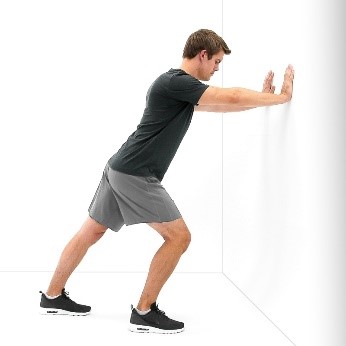
Standing Calf Stretch
Start by standing in front of a wall or other sturdy object. Step forward with one foot and maintain your toes on both feet to be pointed straight ahead. Keep the leg behind you with a straight knee during the stretch. Lean forward towards the wall and support yourself with your arms as you allow your front knee to bend until a gentle stretch is felt along the back of your leg that is furthest behind you. Move closer or further away from the wall to control the stretch of the back leg. Also, you can adjust the bend of the front knee to control the stretch.
Seated Calf Stretch
While sitting, use a towel or other strap looped around your foot. Gently pull your ankle back until a stretch is felt along the back of your lower leg. Ensure your knee is straight for the entire time.
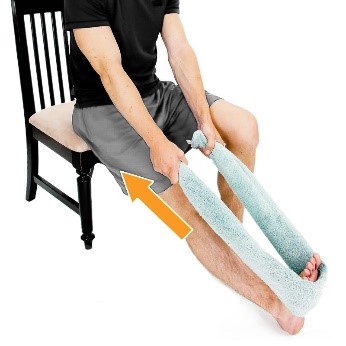
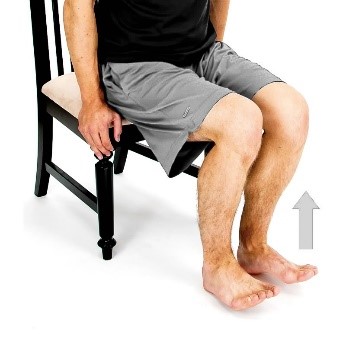
Toe Raise
Sit in a chair with your feet flat on the ground. Next, raise both forefeet and toes as you bend at your ankle. Keep your heels on the ground the entire time. If this is difficult, slide your feet forward and try again.
Ball STM
While seated, place a small, soft ball under the arch of your foot and press into it while rolling it around.
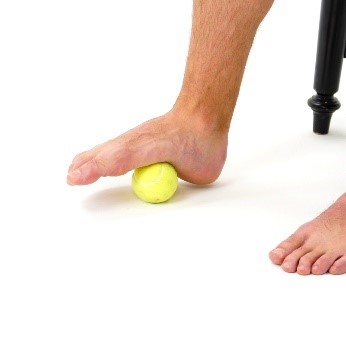
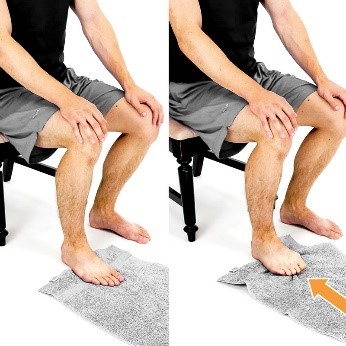
Towel Curls
While seated, use a towel and draw it back towards you using your toes. Curl your toes inward. Be sure to keep your heel in contact with the floor the entire time.
Schedule an appointment today to have our chiropodists assess, diagnose, and treat your flat feet! We look forward to seeing you.
Contains information and images from:
NHS. (n.d.). Flat Feet. NHS choices. Retrieved February 7, 2023, from https://www.nhs.uk/conditions/flat-feet/
Build a HEP < home exercise program> for free. HEP2go. (n.d.). Retrieved February 7, 2023, from https://www.hep2go.com/exercises.php?userRef=gciaake
